Recently, there has been an increase in the number of people violating the Railway Law, especially violations at level crossings with automatic barriers, causing great damage to property and seriously threatening railway traffic safety.
According to VNR statistics, in the first quarter alone, there were 116 cases of drivers deliberately crossing railway crossings nationwide. Faced with the risks of railway traffic safety, VNR has increased monitoring and promptly handled and resolved incidents when they occurred. At the same time, the unit has coordinated with the traffic police to strictly handle violations according to regulations.
However, in the process of coordinating the handling of violating cars, there are still many difficulties such as the driver causing damage to the automatic barrier system and 100% of the accessories fleeing the scene; the car violating in this province but the place of violation is in another province. VNR warns that not obeying the warning signal of the railway crossing, intentionally crossing the railway when the train is approaching is not only a violation of the law but can also cause damage to life, property and potentially cause a high risk of railway traffic accidents, threatening train safety if not prevented in time.
To prevent risks, we should focus on three main solutions: Strengthening education, raising people's awareness; improving railway traffic safety infrastructure and building strict and appropriate sanctions. According to this expert, low fines will make people feel that violating railway traffic regulations is an uncontrolled behavior with no serious consequences, thereby reducing the motivation to comply with the law and easily accepting risks. At the same time, it also makes people feel that violations are only personal matters and do not affect the community, reducing the sense of shared responsibility in maintaining traffic safety.
In fact, Decree 168/2024/ND-CP on increasing penalties for road traffic violations has created positive changes in people's awareness and actions, thereby reducing accidents and traffic violations. Therefore, for railways, the penalty for dangerous acts also needs to be adjusted appropriately and have a higher deterrent effect, combined with community education measures to raise awareness of compliance and understanding of risks when participating in railway traffic.
In addition to increasing the penalties, it is also necessary to apply additional penalties such as temporary detention of vehicles (if any) or requiring participation in railway traffic safety classes. Serious violations and repeated violations of railway traffic safety should consider increasing the penalty level, even publicizing it in the media to put pressure on habitual violators, thereby raising public awareness of the importance of complying with safety regulations.
Source: https://vr.com.vn/an-toan-giao-thong-ds/bao-dong-tinh-trang-lai-xe-co-tinh-vuot-duong-ngang-uy-hiep-an-toan-chay-tau.html


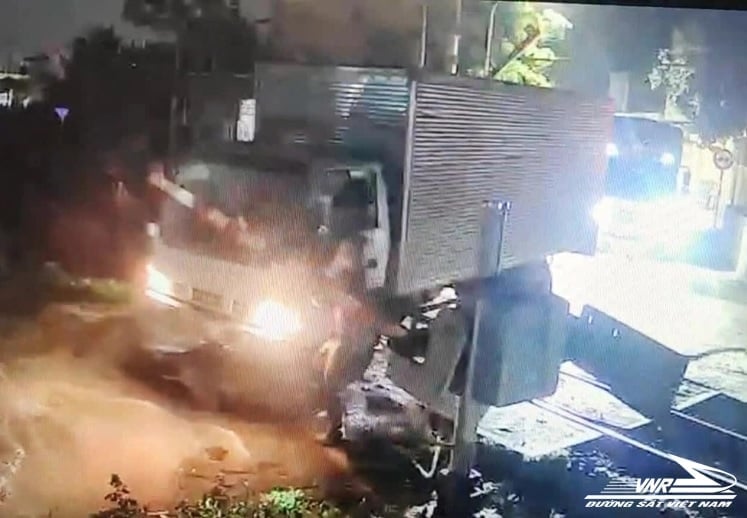
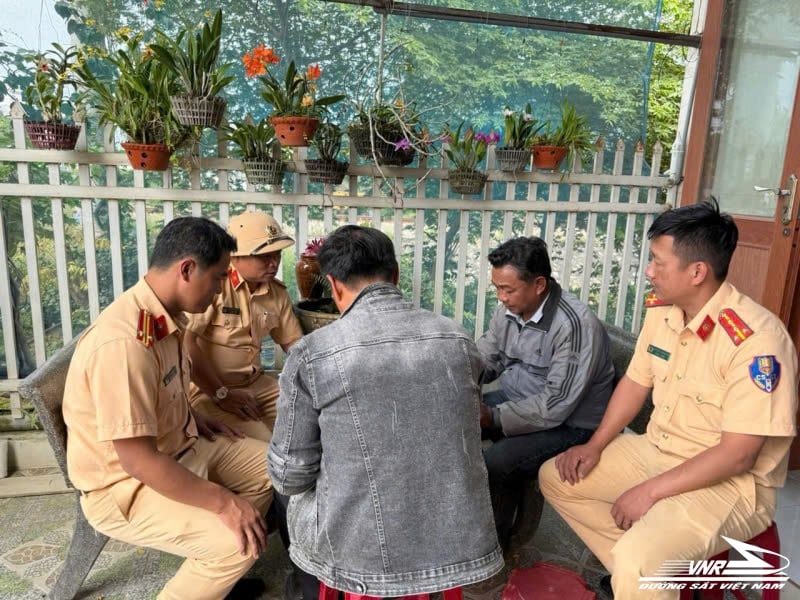
![[Photo] Hanoi is brightly decorated to celebrate the 50th anniversary of National Reunification Day](https://vphoto.vietnam.vn/thumb/1200x675/vietnam/resource/IMAGE/2025/4/29/ad75eff9e4e14ac2af4e6636843a6b53)
![[Photo] Demonstration aircraft and helicopters flying the Party flag and the national flag took off from Bien Hoa airport](https://vphoto.vietnam.vn/thumb/1200x675/vietnam/resource/IMAGE/2025/4/30/b3b28c18f9a7424f9e2b87b0ad581d05)
![[Photo] Ho Chi Minh City: People are willing to stay up all night to watch the parade](https://vphoto.vietnam.vn/thumb/1200x675/vietnam/resource/IMAGE/2025/4/29/cf71fdfd4d814022ac35377a7f34dfd1)
![[Photo] General Secretary attends special art program "Spring of Unification"](https://vphoto.vietnam.vn/thumb/1200x675/vietnam/resource/IMAGE/2025/4/29/e90c8902ae5c4958b79e26b20700a980)
![[Photo] Ho Chi Minh City residents "stay up all night" waiting for the April 30th celebration](https://vphoto.vietnam.vn/thumb/1200x675/vietnam/resource/IMAGE/2025/4/30/560e44ae9dad47669cbc4415766deccf)

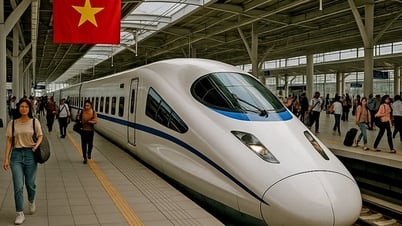

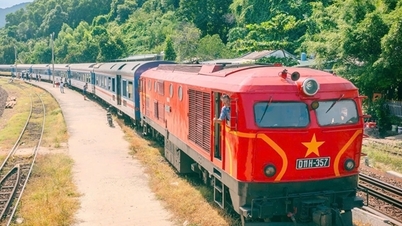

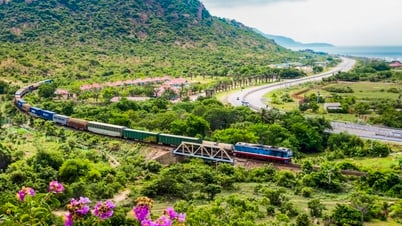

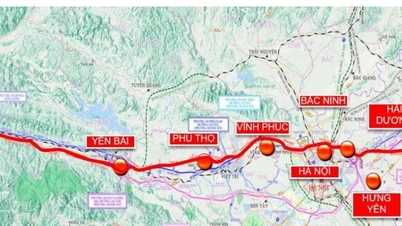


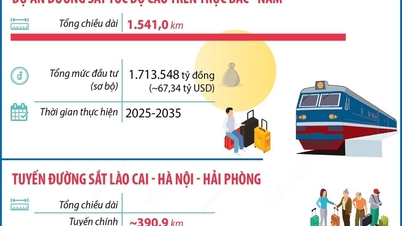
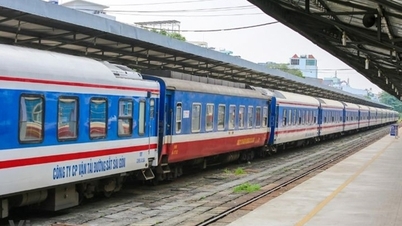
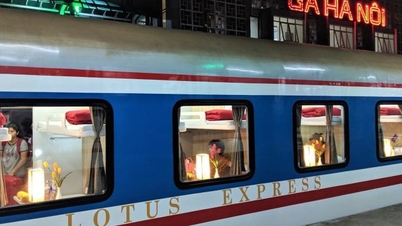











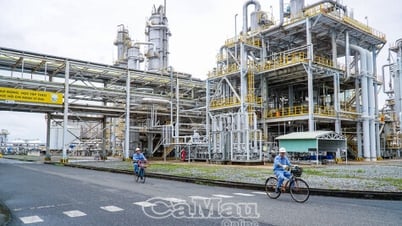
















































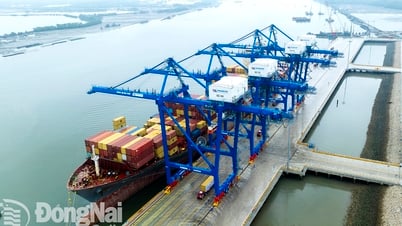




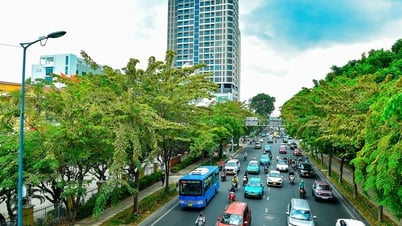












Comment (0)